Definition of fall height definition and key basic facts
As mentioned above, the fall height is measured from the fall edge or position from which a person falls until the fall victim hits the ground or the impact surface. It is necessary to consider different types of falls, such as the classic fall, the fall through a non-penetration-resistant surface, the dangerous pendulum fall or the system fall into a fall arrest device, in order to determine the form of fall protection that matches specific circumstances best.
The fall height does NOT equal the length of the lanyard used as a part of a PPE system!
In the event of a fall into a fall arrest system with personal protective equipment, it is essential to factor in the so-called minimum required clearance, which results from the length of the entire system. It is paramount to coordinate the fall height with the configuration and final length of the system. Among other things, the tearing of any installed energy absorbers, the yielding of the harnesses used and the allowance for a reserve are factors that must be taken into account to avert the risk of impact with the ground. The best fall protection system is ineffective unless used as intended.
The fall height is an essential measure for the selection and correct application of a fall protection system. It must not be mistaken for the length of the fall arrest system!
How is the fall height measured?
As a general rule, the fall height is measured perpendicularly. For work on rooftops, the roof inclination is a relevant factor for the measurement of the fall height. For a pitched roof with a roof inclination of less than 45 degrees, the fall height is determined by measuring from the height of the eaves to the ground / impact surface. The key factor for roofs with an inclination exceeding 45 degrees is the workplace: In this case, it is thus measured from the impact surface to the eaves height and - perpendicularly - further to the specified workplace.
In other areas of applications that require, for instance, the use of ladders, machines or vehicles ,the measurement is taken from the standing surface or fall edge to the impact surface. In the case of skylights ,the fall height is actually 0 meters - if these are not secured with a collective protection device, there is a risk of falling through and down into the building or the area below.
Make sure not to underestimate the danger and beware of the illusion of safety due to low fall heights!
The fall height therefore varies depending on which work is carried out in which fall-risk area. One seemingly logical conclusion does not apply exclusively: more meters or a greater height equals increased danger and must therefore be given greater significance in terms of appropriate occupational safety.
Other factors include, for instance, the possibility of becoming immersed in a liquid - while the fall height in that case is actually 0 metres, this scenario still poses a risk to life and limb. Consequently, risks relevant to occupational safety arise even in settings with a seemingly non-existent fall height. Beware of the illusion of safety.
The different fall heights define the fall protection system
According to the Austrian Construction Worker Protection Regulation and the Workplace Ordinance, there is a risk of falling at the following fall heights, making it necessary to take suitable safety measures:
- 0 metres - liquids or other substances, and skylights and shafts
- 1 metre - for workplaces and standing places, as well as traffic routes in workplaces or when operating machines
- 2 metres - on construction sites and places of work abroad (exception: wall openings and stairs - safety measures are required starting with 1 metre)
- 3 metres - for work on top of roofs
- 5 metres - for ladders if these are used as access routes
These measures need to be implemented following the STOP principle: If no collective protection device (the T in STOP) can be fitted or if the required work lasts less than one day, the workers carrying out the work are required to wear personal protective equipment (the P in STOP). The latter must also be worn during the installation of collective fall protection systems.
The requirement to provide for safety measures for heights of 3 metres and more can be dropped under certain conditions. The country-specific legal provisions must be observed.
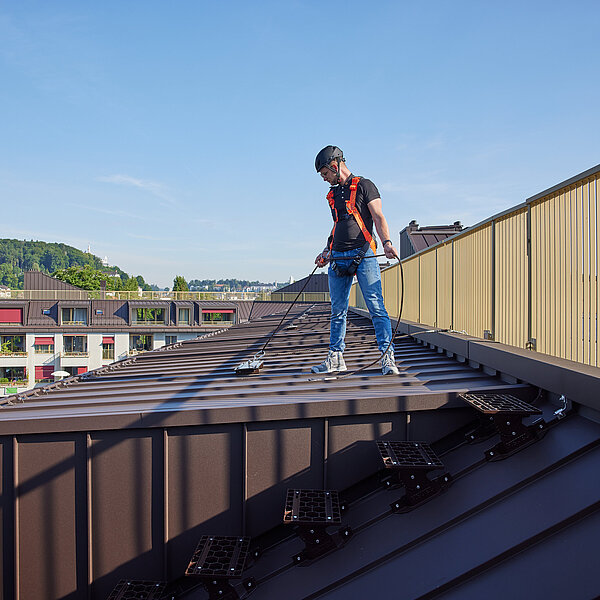
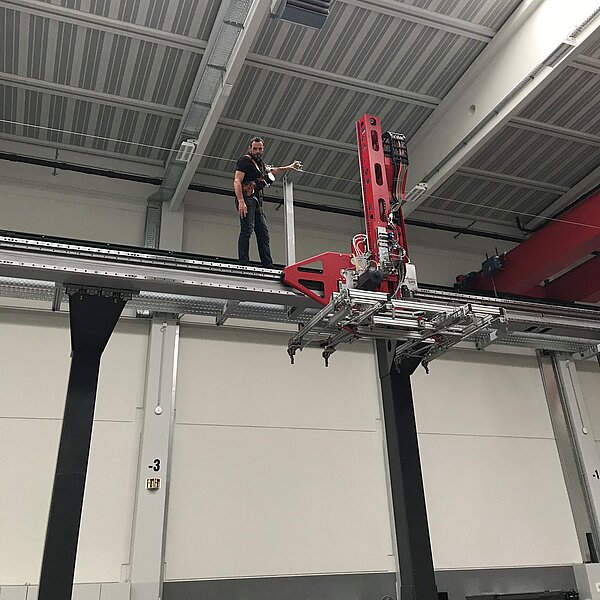
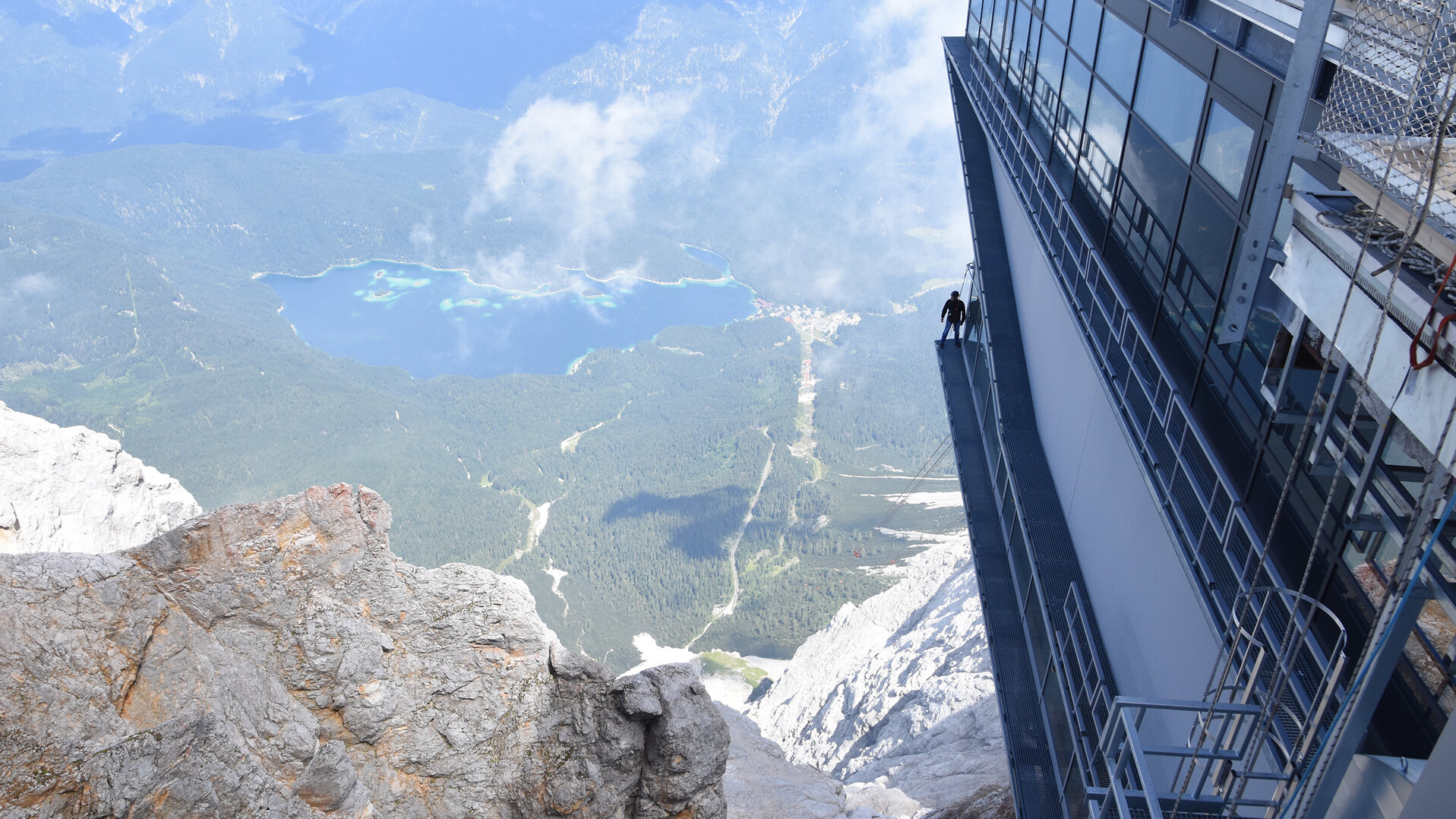

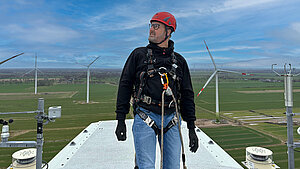


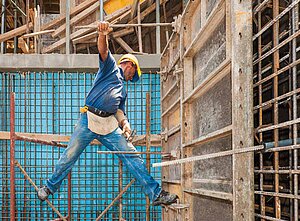

![[Translate to Englisch:] [Translate to Englisch:]](https://www.innotech-safety.com/fileadmin/_processed_/f/b/csm_Pendelsturz-Volkshaus-Zuerich_ab9c27d467.jpg)